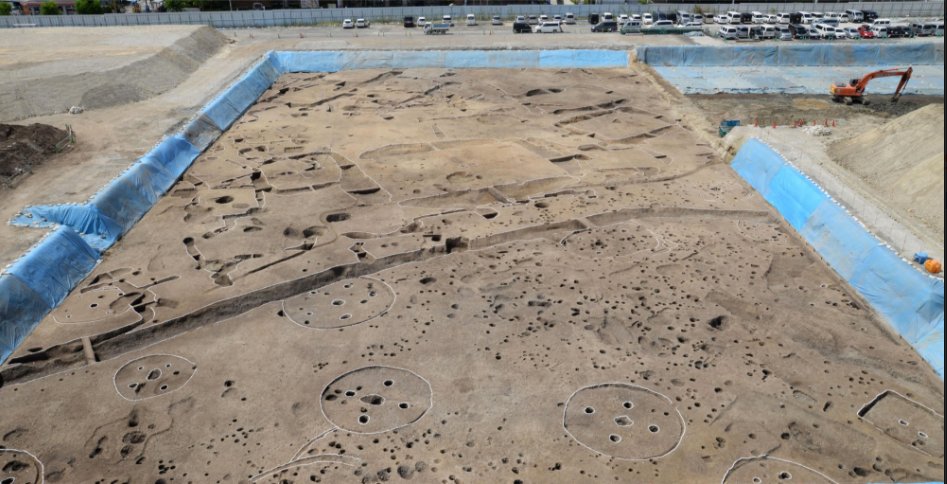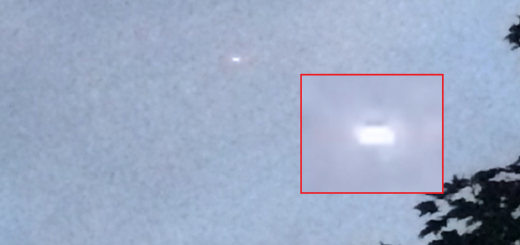Charming 2,000-Year-Old Moon-Faced Clay Doll Discovered At Osaka Ruins, Japan
– A rare, charming moon-faced clay doll from the mid-Yayoi Pottery Culture period (300 B.C.-A.D. 300) has been unearthed at Osaka ruins in Japan.
The ancient doll is in almost perfection condition and was unearthed during excavations at the Kori and Heka ruins.

The carefully crafted artifact, which has clear-cut eyes and nose, is 5.9 centimeters tall and 3 cm wide. It even has ear holes in its spherical head, which tops a cylindrically shaped torso with a flat base.
The Osaka Center for Cultural Heritage has announced that 140 “hokei shukobo,” or rectangular burial mounds have also been found at two neighboring ruins in Ibaraki, Osaka Prefecture. The doll was inside one of the ancient tombs.
The largest of the burial mounds, surrounded by trenches, measures about 18 meters long and 12 meters wide–about 220 square meters.
“Having so many tombs, the grave is among the biggest of its kind in Japan,” said Osaka University professor Shinya Fukunaga, an archeologist who studies the Yayoi Period.
Excavations at the site started in June 2016 and 16,500 sq. meters have so far been examined.
The Yayoi period (300 BCE to 300 CE.) is an Iron Age era, subsequent to the Jomon culture. It is named after the neighborhood of Tokyo where archaeologists first uncovered artifacts and features from that era.



 Creators of mankind
Creators of mankind Description of “Tall white aliens”
Description of “Tall white aliens” Where they came from?
Where they came from? About hostile civilizations
About hostile civilizations The war for the Earth
The war for the Earth “Tall white aliens” about eternal life
“Tall white aliens” about eternal life Video: “Nordic aliens”
Video: “Nordic aliens” Aliens
Aliens Alien encounters
Alien encounters The aliens base
The aliens base UFO
UFO Technology UFO
Technology UFO Underground civilization
Underground civilization Ancient alien artifacts
Ancient alien artifacts Military and UFO
Military and UFO Mysteries and hypotheses
Mysteries and hypotheses Scientific facts
Scientific facts


















